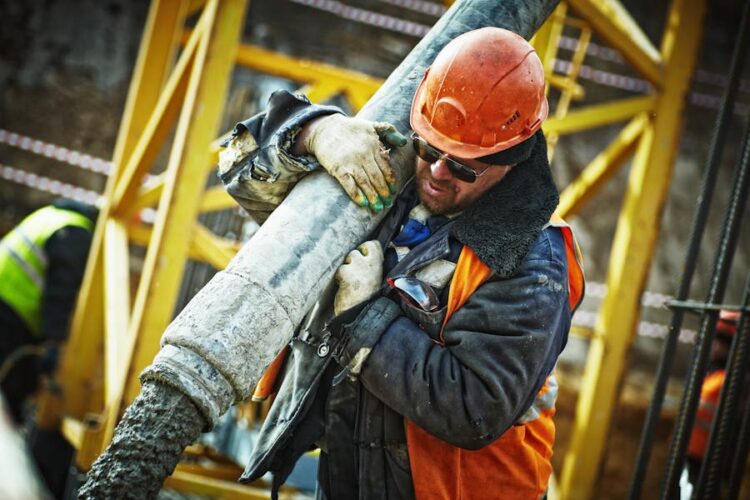Construction sites are inherently hazardous environments, and the role of a construction accident lawyer in Long Island becomes crucial when accidents occur. Understanding how OSHA (Occupational Safety and Health Administration) regulations influence construction site safety is vital for both workers and employers. After all, the main objective of OSHA regulations is to ensure a safe and healthy working environment for employees. These regulations are designed to minimize the risk of workplace injuries and fatalities by establishing standards that employers must follow. OSHA’s comprehensive guidelines cover a wide range of safety protocols, including the use of personal protective equipment, proper training, and maintaining safe work practices. In the following sections, we will delve into the main key ways that OSHA regulations impact construction site safety.
Proper Training and Certification
Training is a cornerstone of OSHA regulations. All construction workers are required to undergo rigorous training to handle the tools and machinery they will use. This training also includes safety protocols specific to the construction industry. Employers must ensure that their employees are not only trained but also certified in their respective fields. Proper training significantly reduces the likelihood of accidents, as workers are more aware of the potential hazards and the correct procedures to mitigate them.
Use of Personal Protective Equipment (PPE)
OSHA mandates the use of personal protective equipment (PPE) to safeguard workers from potential hazards on construction sites. This includes helmets, gloves, goggles, and other protective gear tailored to specific tasks. PPE is designed to protect workers from injuries related to falls, flying debris, chemical exposure, and other common construction site dangers. Employers are responsible for providing appropriate PPE and ensuring that it is used correctly.
Regular Safety Inspections and Audits
Routine inspections and audits are essential components of OSHA regulations. These inspections ensure that all safety measures are in place and functioning correctly. Regular audits help identify potential safety issues before they result in accidents. Employers must conduct frequent inspections of their sites and equipment, maintaining detailed records of these audits to demonstrate compliance with OSHA standards.
Reporting and Recordkeeping
Accurate reporting and recordkeeping are critical aspects of OSHA compliance. Employers are required to maintain records of all workplace injuries and illnesses. This data helps OSHA to identify and address common safety issues within the industry. Timely reporting of accidents also ensures that appropriate measures can be taken to prevent similar incidents in the future. Recordkeeping is a legal requirement and a tool for continuous improvement in workplace safety.
Employee Rights and Employer Responsibilities
OSHA regulations clearly define the rights of employees and the responsibilities of employers. Workers have the right to a safe working environment, access to safety training, and the ability to report unsafe conditions without fear of retaliation. On the other hand, employers are responsible for implementing and enforcing safety protocols, providing necessary training, and maintaining a safe work environment. Understanding these rights and responsibilities is crucial for both parties to ensure a safe and compliant workplace.
The Role of Safety Programs
Comprehensive safety programs are a proactive approach to managing construction site risks. These programs encompass all aspects of OSHA regulations, from training and PPE to inspections and recordkeeping. By integrating safety programs into their operations, construction companies can create a culture of safety that goes beyond mere compliance. These programs often include regular safety meetings, ongoing education, and incentive programs for maintaining a safe work environment.
Impact of Non-Compliance
Non-compliance with OSHA regulations can have severe consequences. Employers who fail to adhere to these standards may face substantial fines and legal action. More importantly, non-compliance puts workers at risk of injury or death. The repercussions of ignoring OSHA guidelines extend beyond financial penalties, affecting the reputation and operational integrity of the construction company. Therefore, it is in the best interest of employers to prioritize compliance with OSHA regulations.
Conclusion
OSHA regulations play a pivotal role in ensuring construction site safety. By mandating proper training, using PPE, regular inspections, and thorough recordkeeping, OSHA provides a framework that helps protect workers from potential hazards. Employers and employees alike must understand and uphold these standards to maintain a safe and productive work environment. The impact of these regulations is far-reaching, underscoring the importance of safety in the construction industry. By adhering to OSHA guidelines, construction companies can not only avoid legal repercussions but also foster a culture of safety that benefits everyone involved.










